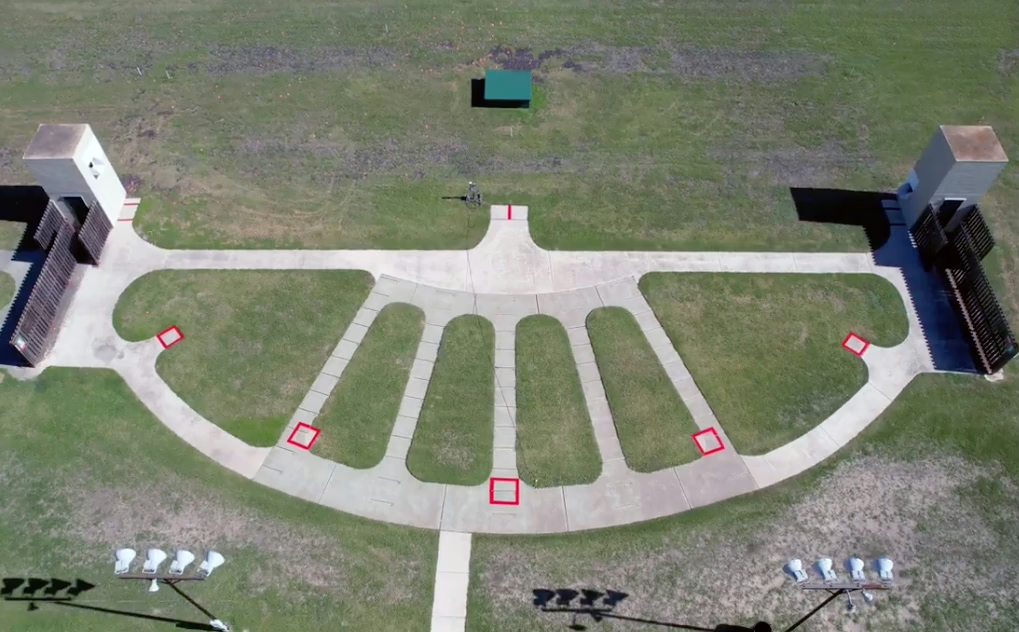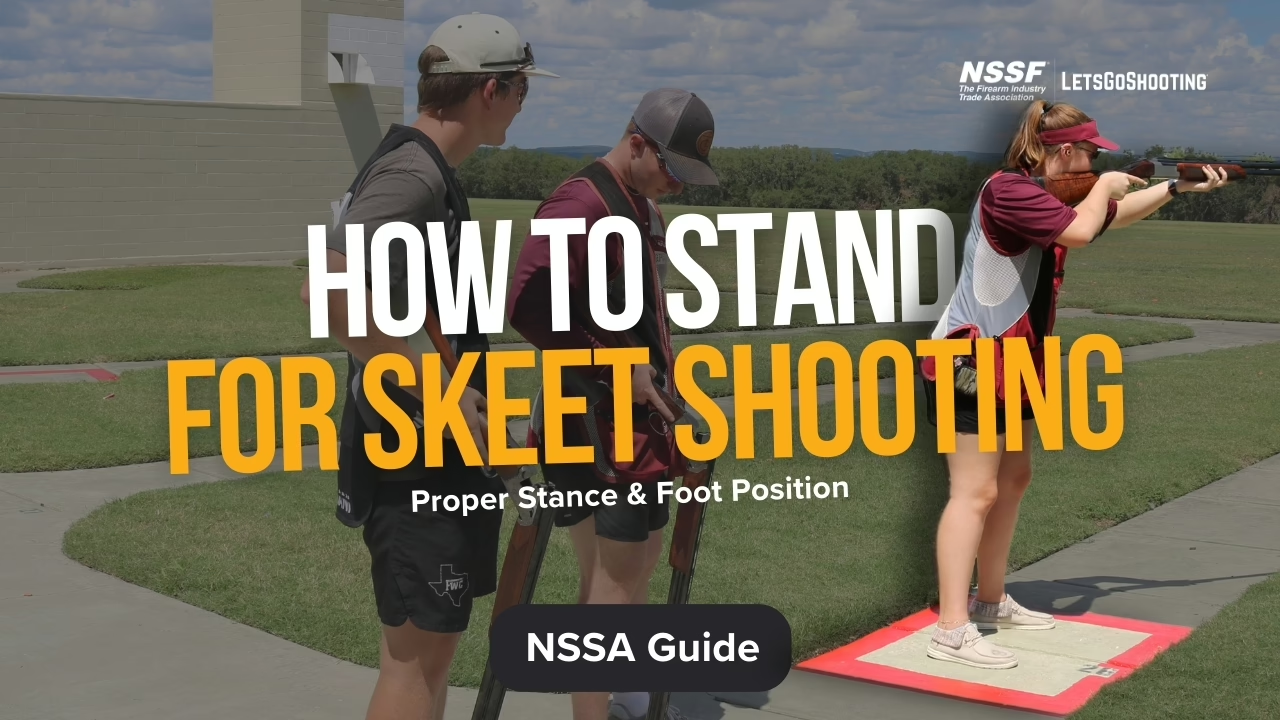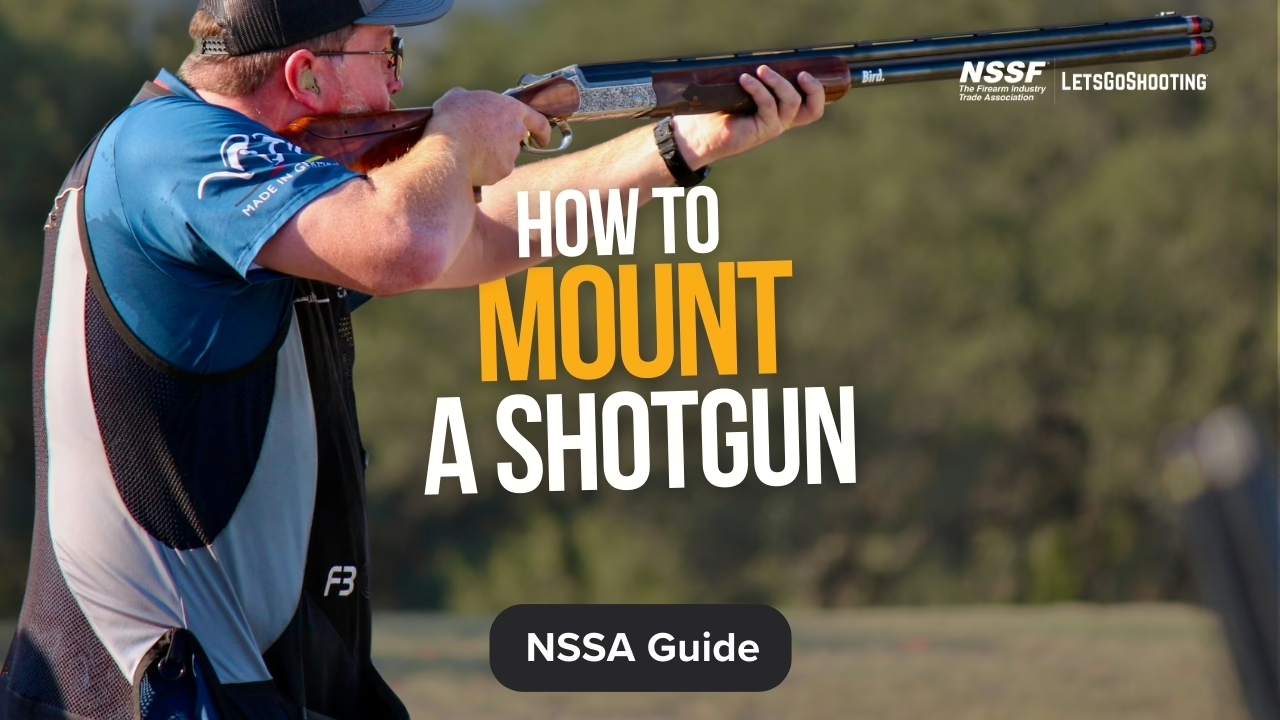Founded in 1928, the National Skeet Shooting Association (NSSA) is the official governing body for skeet shooting in the United States.
Skeet Shooting 101 – An NSSA Beginner’s Guide
Discover the Exciting Sport of Skeet Shooting
Often called the ultimate test of consistency and precision, skeet shooting is a shotgun sport where shooters move through a set course of eight stations, breaking clay targets that cross at varying angles to simulate real bird hunting scenarios.

Whether you’re a beginner or looking to refine your skills, this guide provides everything you need to get started.
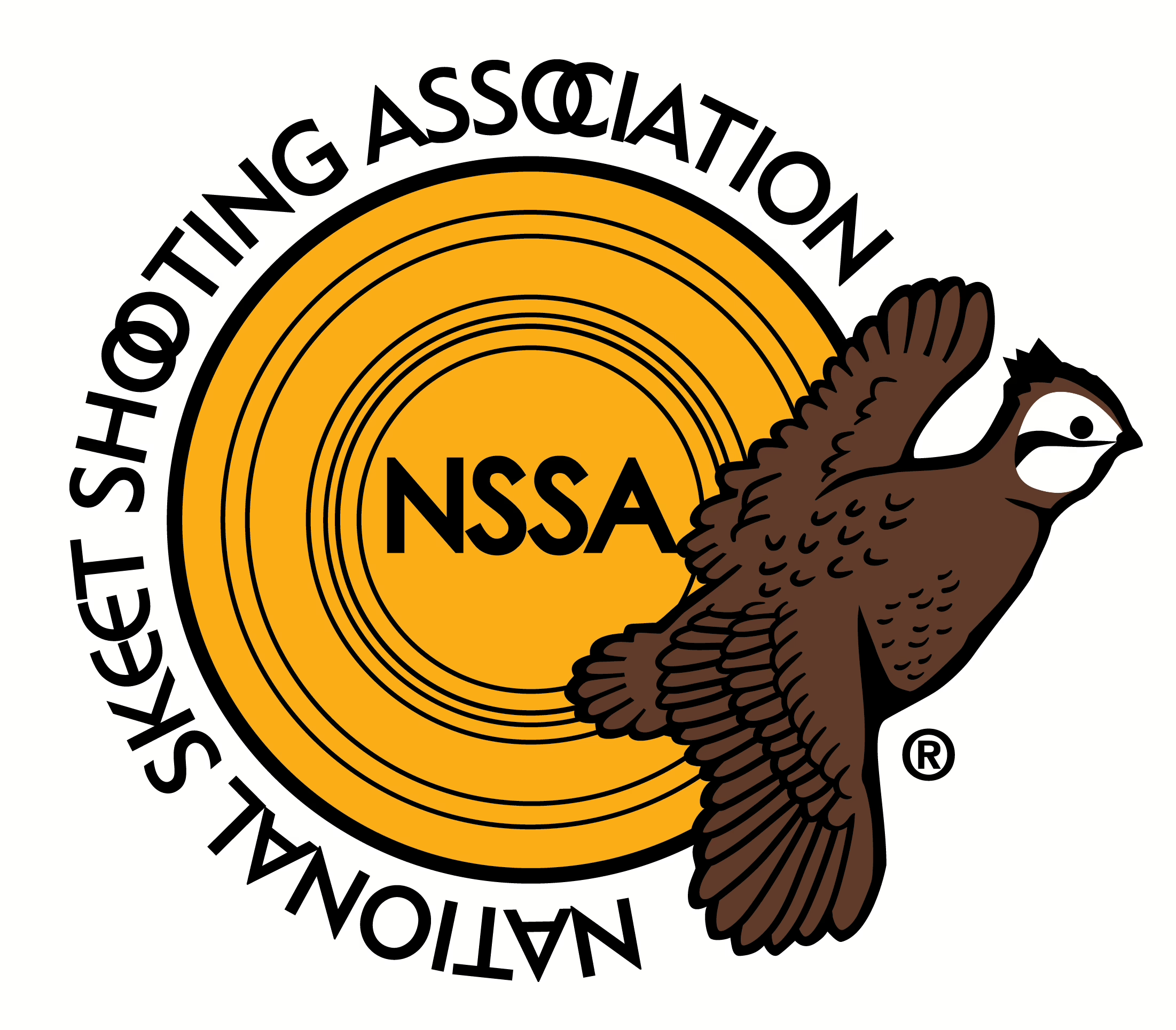
Meet the NSSA
Get Involved!
The National Skeet Shooting Association (NSSA) was established to promote the sport of skeet shooting and provide structured competition for shooters of all skill levels.
At a Glance
- Overseeing over 1,200 tournaments annually
- Supporting 18,000+ members & 500 member clubs
- Committed to promoting the Sport of Skeet
What You'll Need
Essential Equipment for Skeet Shooting
Whether you're a beginner or an experienced shooter, this guide will help you understand the gear required for a safe and enjoyable experience at the range.
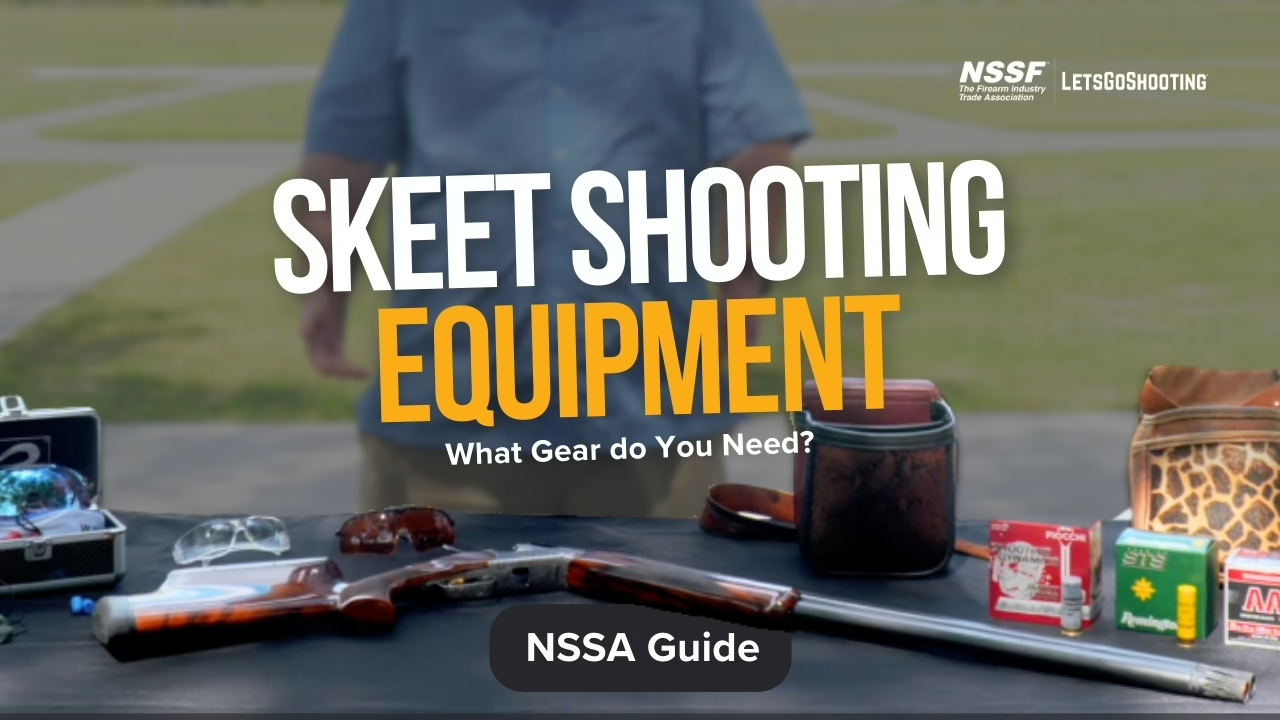
Click the tabs below to learn more
How to Play
How a Round of Skeet Works
What to expect during a round of skeet, including course setup, shooting process and target presentations.
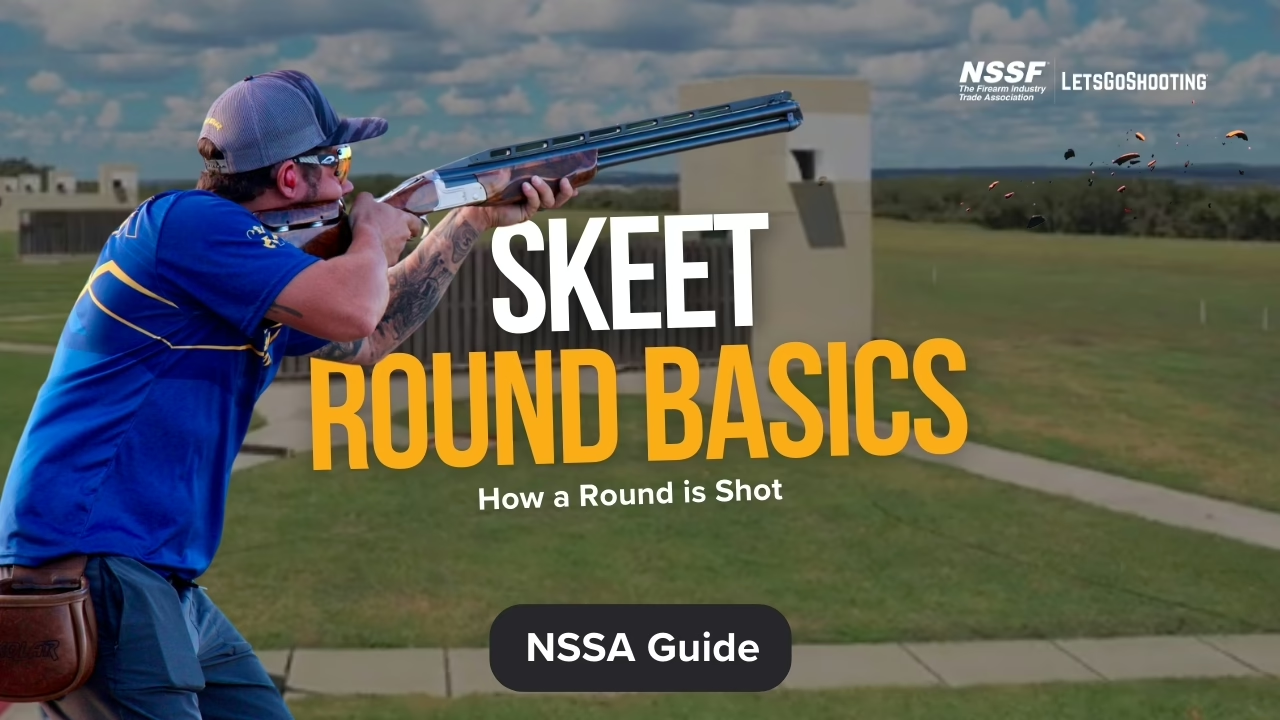
Safety & Fundamentals
Developing Basic Skeet Shooting Skills
Developing these core skills will help shooters break more targets, improve their confidence and build good habits for both recreational and competitive shooting.
How to Participate
How to Get Involved with the NSSA
Joining the NSSA connects you to a nationwide community of skeet shooting enthusiasts, offering access to training, events and competitions.
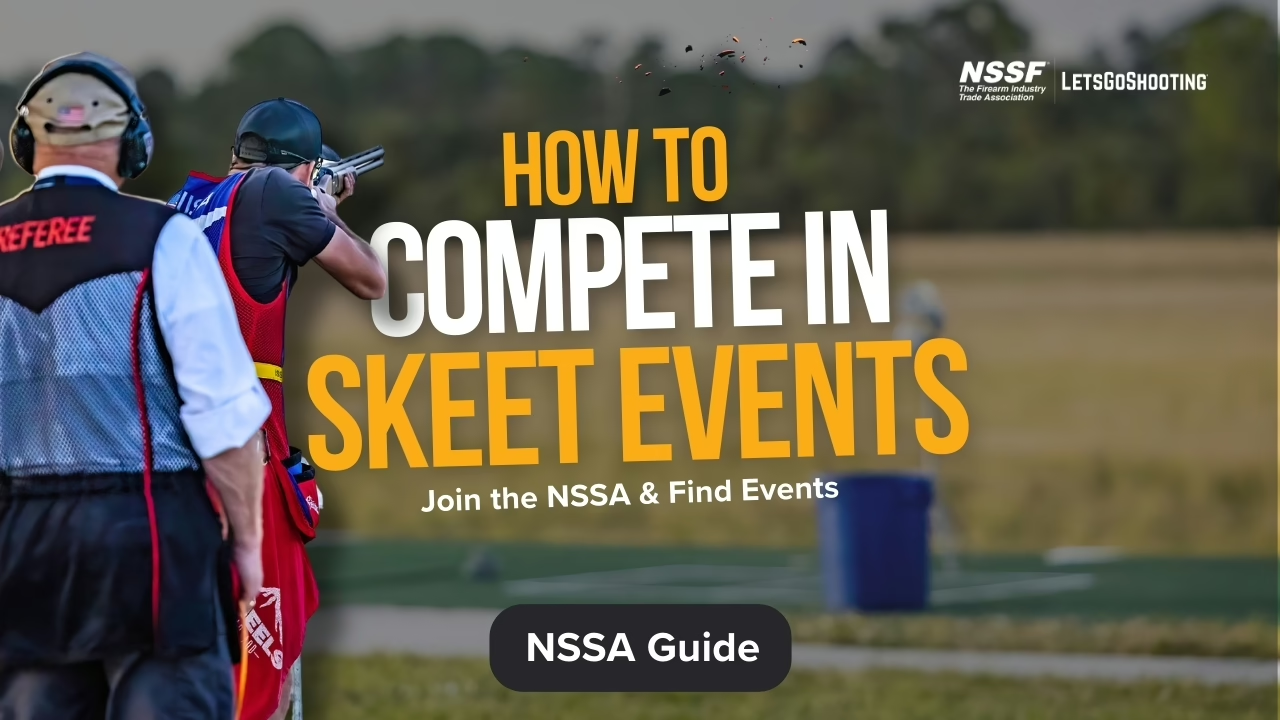
Visit NSSA Website
Visit MyNSSA.com for membership info, events and resources for new and experienced shooters.
Find a Local Club
Find Skeet ranges near you with the NSSA Club Directory. Filter by state or region.
Participate in an Event
Sign up for a local, regional, or national NSSA-sanctioned skeet shooting event.
Join the NSSA
Membership offers competitions, scoring, networking, rulebooks, newsletters and NSSA rankings.
NSSA-NSCA Target Talk Newsletter
Every week, NSSA-NSCA shares upcoming shooting events, shoot results, association news, shooting tips, skeet and sporting clays rules and procedures and all kinds of useful information.
Pull The Trigger Newsletter
Every month, NSSF shares video and article tips from experts in target shooting, hunting, firearm maintenance, game cooking and other firearm-related topics.

